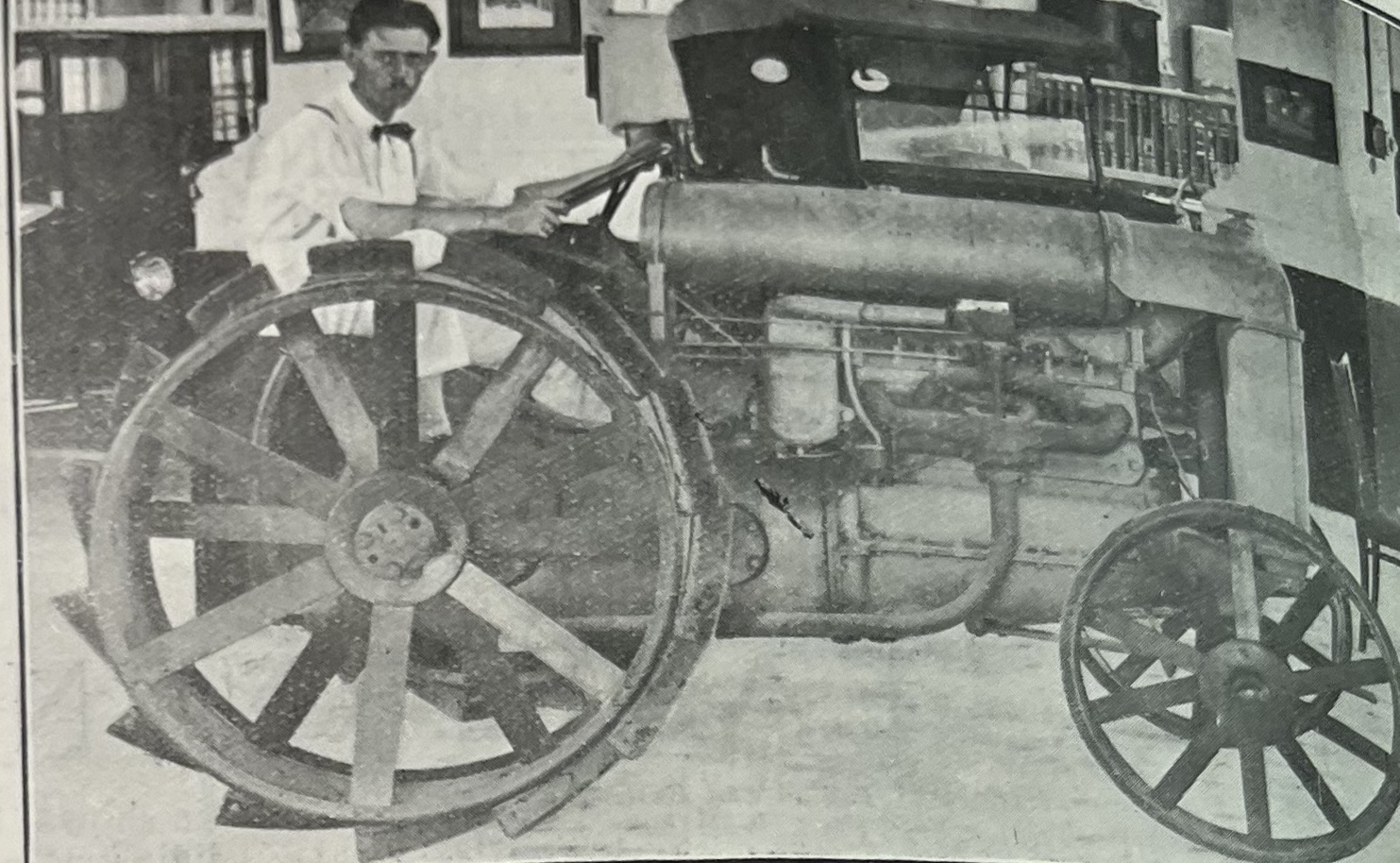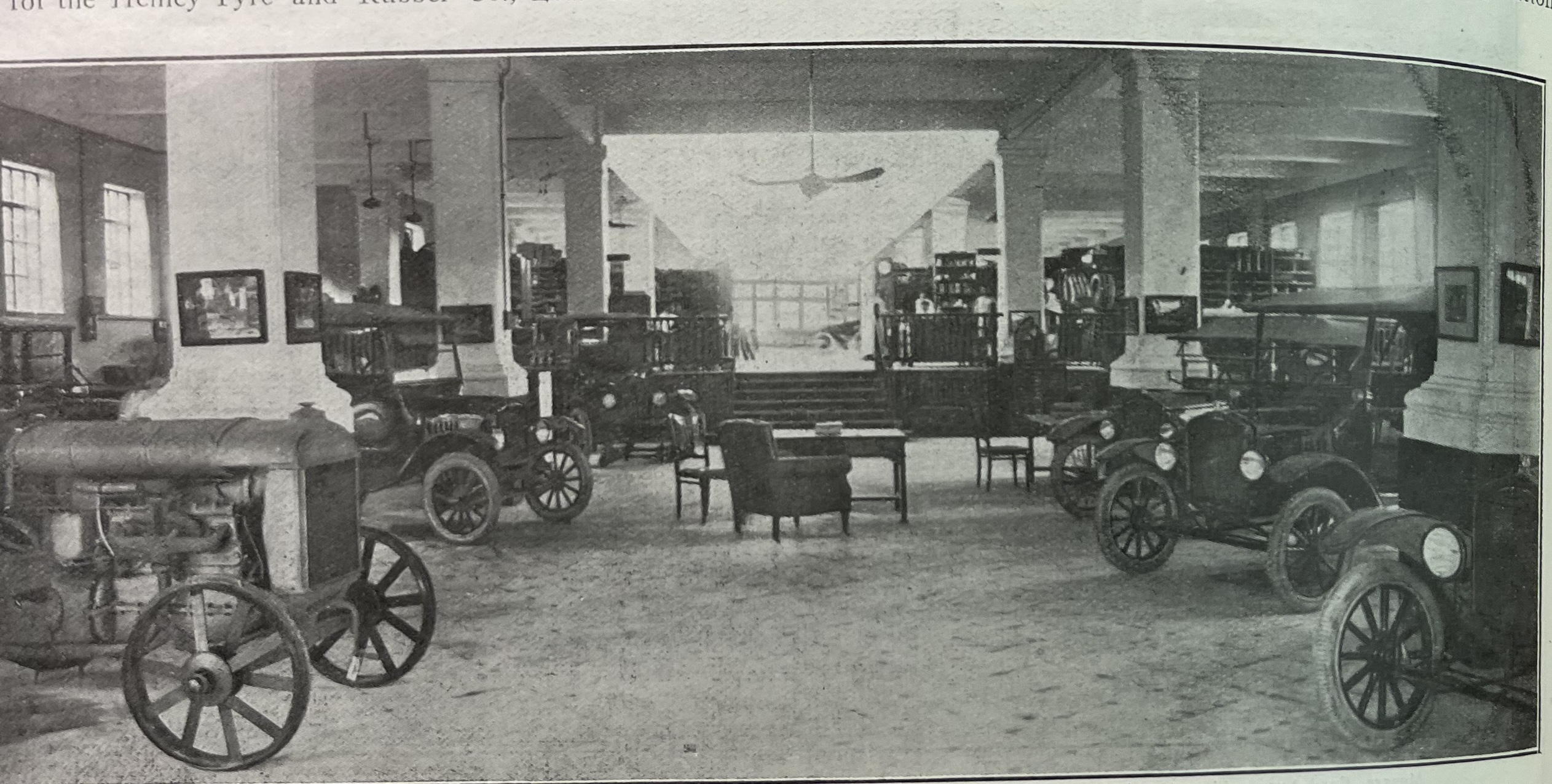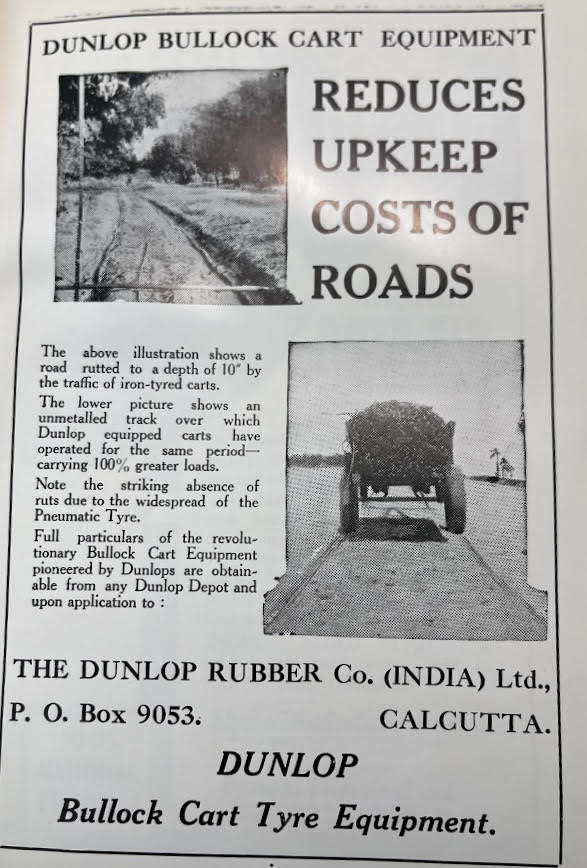India has just displaced Japan as the world’s third largest “World’s Largest auto markets: India pips Japan but which countries fell hardest,” Hindustan Times Auto, 30 January 2023, accessed at https://auto.hindustantimes.com/auto/news/worlds-largest-auto-markets-india-pips-japan-but-which-countries-fell-hardest-41675054973639.html. automotive market. Between 2000 and 2019, motor vehicle registrations increased GOI 2021. from 55 million to 295 million. This aggregate number is comprised of three times as many two-wheelers as automotives. As Indians become wealthier they tend to trade in the former for the latter. “India has over 21 crore two-wheelers, nearly 7 crore four-wheelers registered,” Hindustan Times Auto, 4 August 2022, accessed at https://auto.hindustantimes.com/auto/news/india-has-over-21-crore-two-wheelers-nearly-7-crore-four-wheelers-registered-41659615998470.html
For the world’s third largest emitter of greenhouse gases to meet energy demands growing at six percent annually in an era of climate change, growing vehicular transport is just one of several challenges. Benjamin Parkin and Chloe Cornish, “India’s dream of green energy runs into the reality of coal,” Financial Times, September 25, 2023. But it is a significant one, accounting for almost 15% of India’s emissions. Megha Kumar et al., “Decarbonizing India’s Road Transport: A Meta-Analysis of Road Transport Emissions Models.” International Council on Clean Transportation Working Paper, May 2022, accessed at https://theicct.org/wp-content/uploads/2022/05/Meta-study-India-transport_final.pdf If India hopes to meet its targets by 2030 and move to net-zero emissions by 2070, the country must engineer some kind of a pivot toward electric vehicles or alternative forms of transport. It must also disrupt the nexus between development and mobility, by finding less environmentally damaging means of travel on congested, dangerous roads that kill over 150,000 Indians and a rising number of animals annually.
The transition to electric two-wheelers has begun in India. But the automotive sector has resisted these changes. And transitioning to electricity is just one part of the problem. The larger question is, where does and will this electricity come from? More than three quarters of electricity used in India continues to be generated by coal. Ibid. A deep embrace between Indian coal conglomerates like the Adani Group and the reigning Bharatiya Janata Party means that disengaging from coal rapidly seems unlikely. Gerry Shih, Karishma Mehrotra, and Anant Gupta, “India cracks down on critics of coal.” The Washington Post, June 5, 2023. There are also challenges related to equity across states in India’s federal system: coal-rich, renewable energy-poor states will in the first instance lose a major source of revenue and have to make costly short-term investments to partake of these transitions.
Rapidly increasing road mileage in the country has accompanied a rise in vehicles on the road. Indeed, roadbuilding is a major area of focus in Indian economic policy today. A Prime Minister’s Village Roads Plan (Pradhan Mantri Gram Sadak Yojana) seeks to provide all Indian villages with roads by 2027. Basic Road Statistics of India, 2018-19 (New Delhi: Ministry of Road Transport and Highways, 2022) Running alongside this, the government has also laid out a $110bn investment scheme known as Bharatmala to create a “mala” or garland around the country of 20,000 km of roads by improving connectivity between satellite cities and remote areas and large urban spaces. Saluja, “Modi govt. sets out on the road to $5 trillion with a Rs 8 lakh-crore first list.” The Economic Times, 24 October 2019. Accessed at https://economictimes.indiatimes.com/news/economy/infrastructure/nhai-likely-to-award-rs8-lakh-crore-projects-over-3-years/articleshow/71711823.cms


My current research examines the historical origins of roadbuilding and vehicle transport in India. It asks, how can we understand the linked ecological and economic consequences of building so many roads and using so many vehicles over a compressed period of time? In particular, I am interested in the role of road infrastructure in this history. Between 1947 and the present, India’s road mileage has increased from 170,000 to 6 million km. D. Panduranga Rao, Trends in Indian Transport System (New Delhi: Inter-India, 1985); Annual Report: 2022-23 (New Delhi: Ministry of Road Transport and Highways, 2023). As Christopher Jones’s Routes of Power demonstrated persuasively for the American context, infrastructure provides landscapes for the intensification of energy consumption. One pathway is through facilitating the more efficient or cheaper transport of energy sources. Another is by creating a built environment for that consumption to take place (i.e. railroad tracks). Christopher Jones, Routes to Power: Energy in Modern America (Cambridge, MA: Harvard University Press, 2013). But as several US environmental historians have shown, the move to new forms of energy, the construction of certain kinds of infrastructure rather than others, and the embrace of particular forms of transportation are rarely intuitively economically rational steps to be taken. In the American historiography, the figure of the charismatic boosters without morals has loomed large in the explanation of this phenomenon. William Cronon, Nature’s Metropolis: Chicago and the Great West (New York: Norton, 1991), 31-54; Richard White, Railroaded: The Transcontinentals and the Making of Modern America, and again, Jones, Routes of Power. See also Edward Balleisen, Fraud: An American History (Princeton: Princeton University Press, 2017). Vanderbilt and Rockefeller are canonical examples.
What distinct dynamics might a late industrializer like India illuminate in the history of infrastructure, transport, and energy consumption? How might we visualize this history, which is one of the many histories of how humans have been responsible for climate change? Some exploratory thoughts follow.


The above images are of the showroom and offices of Ford Motor Company in Bombay, from the December 1922 motor supplement of the magazine Indian and Eastern Engineer. Ford set up its first automobile showroom around this time, and by the end of the decade it was assembling automobiles in India. S. Muthiah and K.N. Gopalan, Moving India on Wheels: The Story of Ashok Leyland (Chennai: Ashok Leyland, 2008). Why the early 1920s? World War I was a watershed for motorized vehicles in South Asia. The requirements of vehicles for the war necessitated the creation of vast road and rail networks to transport goods and soldiers. Radhika Singha, The Coolie’s Great War: Indian Labour in a Global Conflict (Oxford: Oxford University Press, 2020) 25 It was around this time that significant numbers of imported motor vehicles were introduced to Indian roads. History of Road Development in India (Delhi: Central Roads Research Institute, 1963), 43. However, since the advent of the railways from the 1850s onwards, roads had been neglected, requiring constant maintenance and upkeep. The creation of new roads went hand in hand with repairing old ones, and so the functional road network at any given time did not much expand. In the following years, the Jayakar Committee of the Government of India recommended overhauling Indian road transportation (1928). A Central Road Fund was created the next year to allocate increased tax revenues from motor spirits towards the creation of new roads.
Whereas the Ford automobile became synonymous with mass production and widespread ownership in America, motoring in India at this time remained an elite, even leisurely activity. Motorists raced between cities. They took tours of the country. They stayed in dak (post) bungalows that had been used in previous centuries as rest stops for postal runners and their supervisors conveying information across the subcontinent. But even as cars slowly grew more popular, Ford was not able to partake in this growing market. It left India by 1953, unable to compete in the face of severe import tariffs that paved the way for the emergence and eventual dominance of domestic manufacturers.

The image above is of a bullock cart with rubber tyres from a Dunlop advertisement that ran in the 1936 Proceedings of the Indian Roads Congress. Four years later, an article in The Indian Concrete Journal A.T. Shannon, “Road Development in India,” The Indian Concrete Journal (June 1940), 184 observed that “It cannot be questioned that the single factor of the iron tyred bullock cart is the greatest stumbling block in the rapid improvement of existing roads. The bullock cannot be dislocated from its place in agriculture immediately but the iron tyres can go.” Without rubber tyres, these carts, so ubiquitous to Indian agriculture, would destroy roads. This was a technology that allowed animal transport to continue in South Asia without disrupting plans for more expensive infrastructure of metalled rather than dirt roads. And it was quite persistent. Some 35 years after the Indian Concrete Journal’s lament, an article in an environmental journal considering ways of limiting India’s demand for fossil fuels in the energy-insecure 1970s pointed to holding on to the bullock cart. In that spirit, it made the following recommendation:
Similarly, transportation in the countryside need not make a transition from the bullock cart to the car or truck. Instead, it would be adequate to use fairly elementary technology by replacing the steel-tired wooden wheels of the bullock carts with rubber tires. In some instances, rubber tires are being used in India, but they are mostly discarded car or truck tires. If the tires and wheels are specifically designed for this purpose, they could be much smaller in size and could be produced more economically on a large scale.M.R. Srinivasan, “Rubber Tires for Bullock Carts,” Environment 17:6 (1975), 38-42.
For all the mechanization that took place in the 40 years between the advertisement and this author’s observation, the bullock cart remained stubbornly persistent. It continued and continues to ply the Indian road along with “the tonga, the rickshaw, the cycle, and the motor vehicle.” K.P. Bhatnagar et al. Transport in Modern India (Kanpur: Kishore Publishing House, 1953), 241. With its state-of-the-art rubber tyres, it is a visible reminder of South Asia’s alternative modernity, which has unfolded in a sequence distinct from the American, and also European, experience. Sudipta Kaviraj, “An Outline of a Revisionist Theory of Modernity” European Journal of Sociology 46:3 (2005), 497-526.
The opening image of this essay is of a flyover made of pre-stressed concrete over Princess Street in Bombay, which opened in 1967. In 1936, India’s eleven major concrete makers—each parts of large conglomerates themselves—merged to form the Associated Cement Companies. And so it was not one booster who became the baron that transformed the industry, but rather a group. A key objective of this group was to promote the construction of concrete roads. The rationale lay in the fact that these would last longer than asphalt roads, would not create dust like the gravelly macademized roads, and could be traversed by trucks more easily. However, they never got the breakthrough they wanted. In India today, 98% of metalled roads are made of asphalt. Most projects found concrete roads too expensive to build, even though they last longer. India’s road network, despite being the world’s second longest, continues to be marked by under-investment on a per-road basis.M.P. Dhir, “India: An Asphalt Roads Country,” The Asphalt Yearbook 2000, 51-54. However, where concrete roads have broken through is in the construction of flyovers since 1965, when Bombay got India’s first one. In Chennai and New Delhi especially, these have been created to help mitigate road traffic. It is estimated B. Anbuselvan, “Chennai to scale new heights with 9 new flyovers worth Rs 2,000 crores,” The New Indian Express, 18 April 2022; “15 Mega Projects to East Traffic Congestion in Delhi in Pipeline: CM Arvind Kejriwal,” Economic Times 6 March 2023. that Chennai has over 40, and Delhi over 100. These are signature projects for local political parties in power and supposedly offer grand spectacles for the electorate. They also compensate politically cosy firms for their support.
Invisible from the images I have culled from print journals—but important to this history—are the ecological and human costs of roadbuilding. One set of costs concern the lives of non-human species. Since the 1990s the field of “road ecology” Richard T.T. Forman et al., Road Ecology: Science and Solutions (Washington DC: Island Press, 2003). has illuminated how roads change migratory patterns of animals, form new homes for species, and lead to entire populations becoming endangered because of cars running them over. Another set of cost concerns humans who are economically exploited, or displaced, or have to deal with unwanted neighbors.
This has been illuminated starkly for today’s India in Nitin Bathla and Klearjos Papanicolau’s outstanding documentary Not Just Roads (2021). The film reveals the consequences of the construction of the part of the Delhi-Bombay expressway near the city of Gurgaon. This centerpiece of the Bharatmala program of highway development pursued by the Central Government has unfortunately led to the destruction of homes (and resettlement of populations), the conversion of grazing lands that has forced pastoralists to move elsewhere and upset their livelihoods, and the clearing of land in the Aravalli Hills that has prompted protests and spurred environmental activists to create a protected biodiversity park in this area.
Bathla and Papaniclau’s work strikes a sobering tone. But road ecologists have also provided insights into better practice for the future. As the writer Ben GoldfarbBen Goldfarb, Crossings: How Road Ecology is Shaping the Future of Our Planet (New York: Norton, 2023). puts it, they have discovered how we might make “bridges for bears, tunnels for turtles” and “roadsides to nourish bees and butterflies.” By delving into the history of roads and road transport in India, we can get a better sense of both these challenges and opportunities.

Aditya Balasubramanian
October 2023
